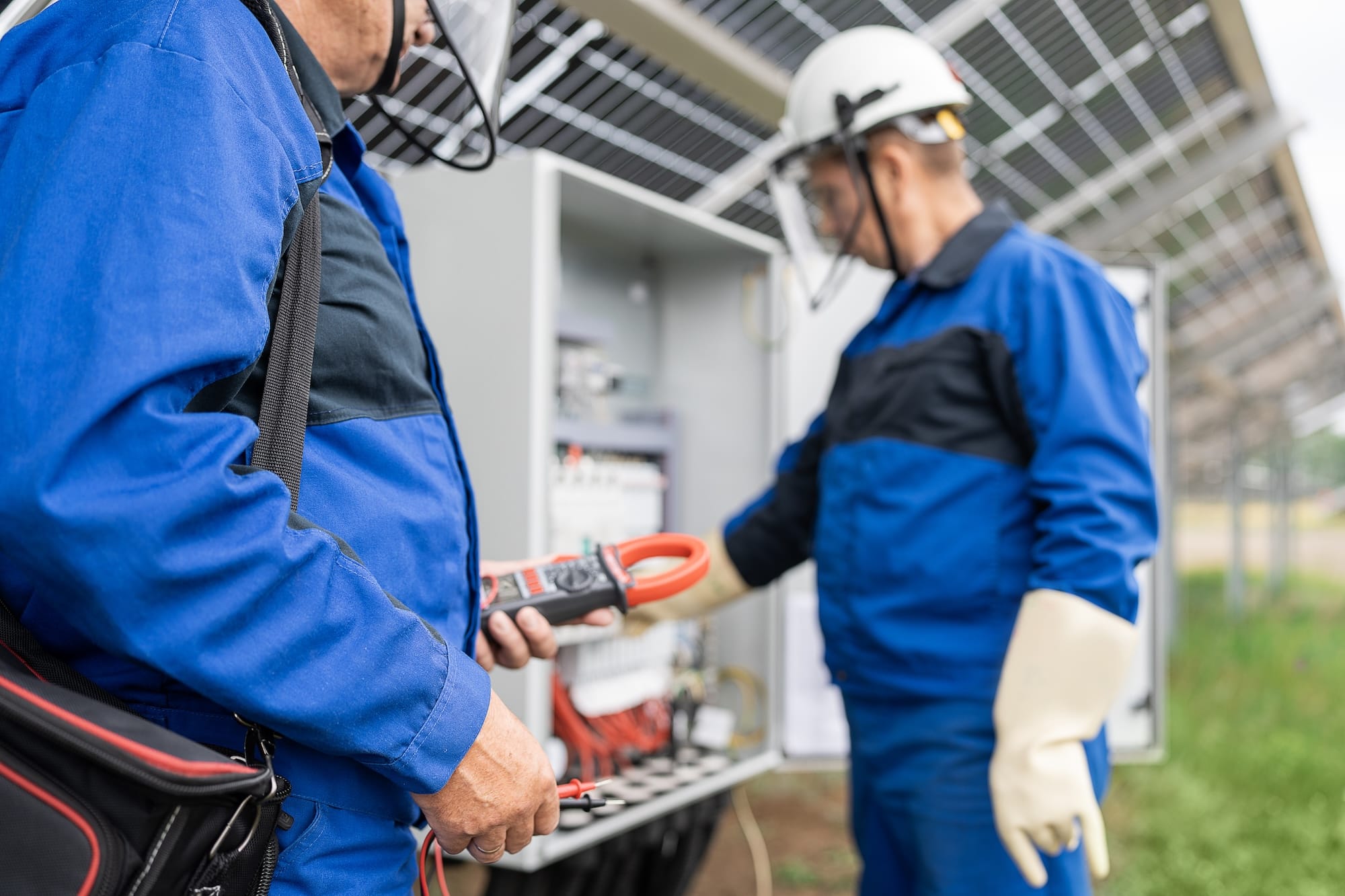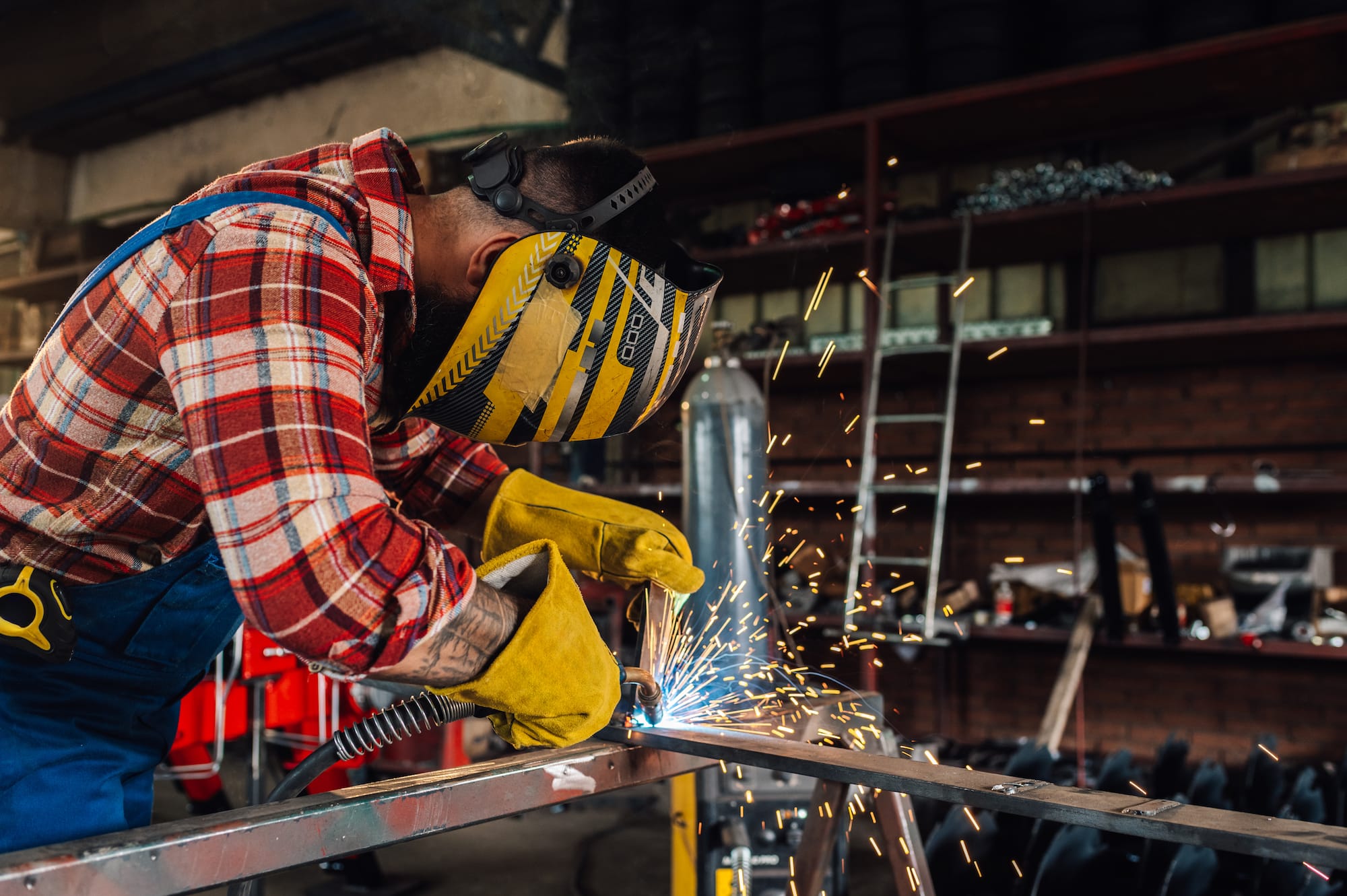"CARE,PROTECT,GROW": THE U.S.COMPLIANCE BLOG
Filter by Topic

DOT Hazardous Materials – Understanding the Core Requirements
The transportation of hazardous materials (HazMat) within the United States is governed by the Hazardous Materials Transportation Act. These regulations are designed to “protect against the risks to life, property, and the environment that are inherent in the transportation of hazardous materials.” These regulations, found in Title 49 of the U.S. Code of Federal Regulations (CFR), establish the classification, labeling, packaging, and transport of hazardous materials as mandated by the Department of Transportation (DOT).

U.S. Compliance Acquires OECS, Inc.
Creator of Compliance as a Service (CaaS) expands its presence in the Upper Midwest. U.S. Compliance (USC), a national provider of environmental, health and safety (EHS) services, announced today that it has acquired OSHA/Environmental Compliance Systems (OECS), a leader in EHS consulting headquartered in St. Louis Park, MN, with a strong presence in Minnesota and surrounding states. The acquisition of the Minnesota-based OECS further solidifies USC’s market leading position and builds further density in the region.

Developing an Effective Electrical Safety Training Program
Electrical hazards pose a significant risk in manufacturing and industrial settings. A comprehensive electrical safety training program is essential to ensuring employees are equipped with the knowledge and skills necessary to prevent injuries and fatalities. Proper training not only helps organizations remain compliant with Occupational Safety and Health Administration (OSHA) regulations but also fosters a strong culture of safety.

Introducing the EHS Management Suite: Your Complete Digital EHS Solution
The EHS Management Suite is a comprehensive digital solution designed to streamline Environmental, Health, and Safety (EHS) operations. This innovative platform helps organizations improve safety management, ensure regulatory compliance, and drive operational efficiency. With real-time data and streamlined reporting, these integrated tools enable proactive risk management across an organization.

WAIRE Compliance for Southern California Locations
If you own or operate a warehouse or facility with warehouse space in the area regulated by the South Coast Air Quality Management District (SCAQMD), you may be subject to the Warehouse Actions and Investments to Reduce Emissions (WAIRE) Program. The Annual WAIRE Report (AWR) is due January 31, 2025 for those locations with a warehouse size greater than or equal to 100,000 square feet and less than 150,000 square feet for the operating year of 2024.

Keeping Workers Safe with Fall Protection
Falls are one of the leading causes of workplace injuries and fatalities, highlighting it as an essential focus for any industrial organization. Whether working on rooftops, scaffolding, or elevated platforms, having the right systems and protocols in place can mean the difference between a near miss and a tragic accident. This article explores when fall protection is required, the ABCD’s of fall protection, the importance of effective fall arrest lanyards, and proper inspection procedures to ensure safety systems perform as intended.

Are You Ready for The New TSCA PFAS Reporting Requirements?
The U.S. Environmental Protection Agency (EPA) has published an extensive wide-ranging final rule that requires companies to report per- and polyfluoroalkyl substances (PFAS) manufactured, including imported, in the United States under the Toxic Substances Control Act (TSCA). This Rule does not solely extend to traditional chemical manufacturers but is inclusive of importers of products that contain one or more PFAS compounds.

IR Scanning Best Practices: Protecting Equipment, Employees, and Facilities
Infrared (IR) scanning, also known as thermographic or thermal imaging, is a vital technology used across industries to detect potential issues in electrical and mechanical systems before they escalate into costly or hazardous failures. By capturing temperature variations invisible to the naked eye, IR scanning can identify anomalies that signal potential failures, energy inefficiencies, and safety risks. This technique is particularly useful for equipment inspection, predictive maintenance, and ensuring compliance with industry safety standards. In this article, we will explore the purpose and scope of IR scanning, examine relevant regulatory requirements, and outline best management practices and effective control methods to enhance both equipment reliability and employee safety.

10 Essential Forklift Safety Practices
Forklifts are indispensable tools in various industries, enabling efficient movement of heavy materials and contributing to the productivity of warehouses, manufacturing plants, and construction sites. However, despite their utility, forklifts can pose significant risks if not handled correctly. This article highlights key forklift safety practices every operator and company should implement, from training and inspections to understanding forklift stability. Following these guidelines reduces accident risks, promotes a safer work environment, and enhances overall productivity.

Ensuring Safety in Metal Fabrication: Common Industrial Hygiene Testing Needs
Metal fabrication is a cornerstone of modern industry, playing a vital role in sectors ranging from automotive to construction. This process, which includes cutting, welding, brazing, and assembling metal, poses numerous health risks to workers due to hazardous substance exposure. Industrial hygiene testing is essential in identifying and mitigating these risks, ensuring a safe and compliant workplace. This blog post delves into the common industrial hygiene testing needs associated with metal fabrication, offering a detailed guide to fostering a healthy work environment.

Announcing the EPA’s e-Manifest Final Third Rule
The EPA Administrator finalized an amendment to hazardous waste manifest regulations under the Resource Conservation and Recovery Act (RCRA) with the e-Manifest Third Final Rule. This amendment is designed to encourage hazardous waste generators to adopt the electronic Hazardous Waste Manifest system (e-Manifest) to enhance compliance monitoring and improve access to information availability.

Leveraging Technology for Safety Hazard Management
In today’s fast-paced industrial environment, ensuring workplace safety is a top priority. Companies must navigate an intricate landscape of regulations, hazards, and risks to protect their employees and maintain operational efficiency. Traditional methods of managing hazards, often relying on paper-based systems, can be cumbersome, inefficient, and prone to errors. Enter the EHS Gateway’s Safety Action Item List—a digital tool designed to streamline the management of safety hazards, mitigate risks, and foster a culture of safety. The Safety Action Item List, along with our EHS Gateway platform, is included in your Compliance as a Service (CaaS) program at no additional cost.
